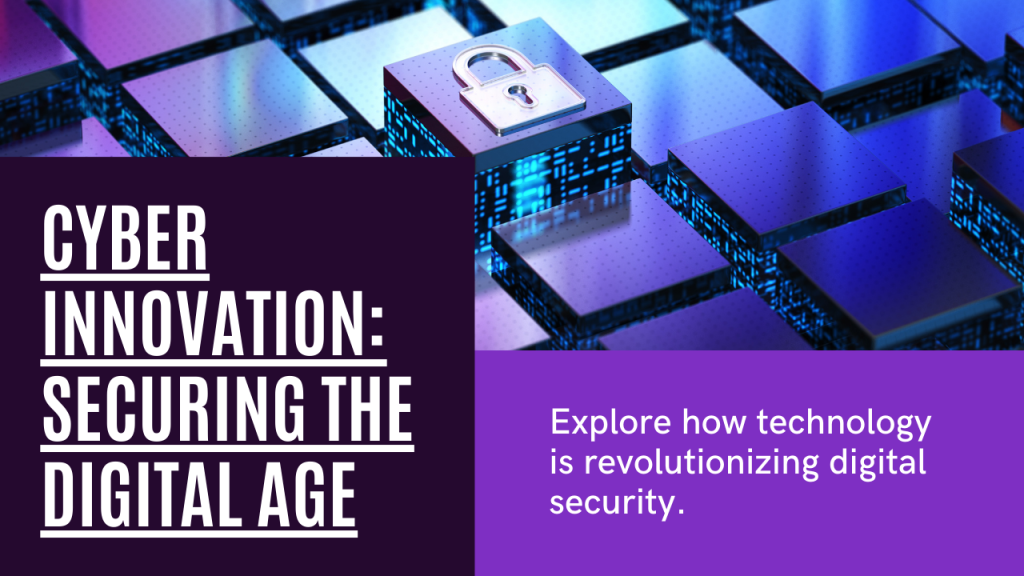In the rapidly evolving landscape of the digital economy, cyber innovation has emerged as a critical driver of business growth and competitiveness. This article explores how organizations can harness the power of cyber innovation to unlock new opportunities, enhance operational efficiency, and mitigate risks in an increasingly interconnected world.
At the heart of cyber innovation lies the ability to leverage cutting-edge technologies to address complex business challenges and seize emerging opportunities. From implementing robust cybersecurity measures to harnessing the power of big data analytics and artificial intelligence, organizations can gain a competitive edge by embracing innovative solutions that enable them to adapt and thrive in today’s digital marketplace.
One area where cyber innovation is making a significant impact is in the realm of digital transformation. As businesses undergo digital transformations to modernize their operations and improve customer experiences, cyber innovation plays a crucial role in ensuring the security and integrity of digital assets, data, and infrastructure. By integrating cybersecurity into the fabric of digital initiatives, organizations can build trust with customers, partners, and stakeholders while driving innovation and growth.
Moreover, cyber innovation enables organizations to unlock the full potential of emerging technologies such as cloud computing, the Internet of Things (IoT), and blockchain. By harnessing these technologies securely, businesses can streamline operations, optimize supply chains, and create new revenue streams while minimizing cybersecurity risks and vulnerabilities.
However, achieving success through cyber innovation requires more than just deploying cutting-edge technologies. It also requires a culture of innovation, collaboration, and continuous learning within organizations. By fostering a culture that encourages experimentation, risk-taking, and knowledge sharing, businesses can cultivate a dynamic environment where cyber innovation can flourish and drive sustainable growth.
Looking ahead, the future of business will be shaped by organizations’ ability to harness the power of cyber innovation to drive digital transformation, fuel innovation, and create value in an increasingly interconnected and digital world. By embracing a proactive approach to cybersecurity and investing in innovative solutions, businesses can not only protect their assets and reputation but also position themselves for success in the digital economy of tomorrow.
In conclusion, cyber innovation is a powerful catalyst for driving business growth and competitiveness in the digital age. By embracing innovative solutions and cultivating a culture of cyber innovation, organizations can unlock new opportunities, enhance operational resilience, and stay ahead of the curve in today’s rapidly evolving business landscape.




















